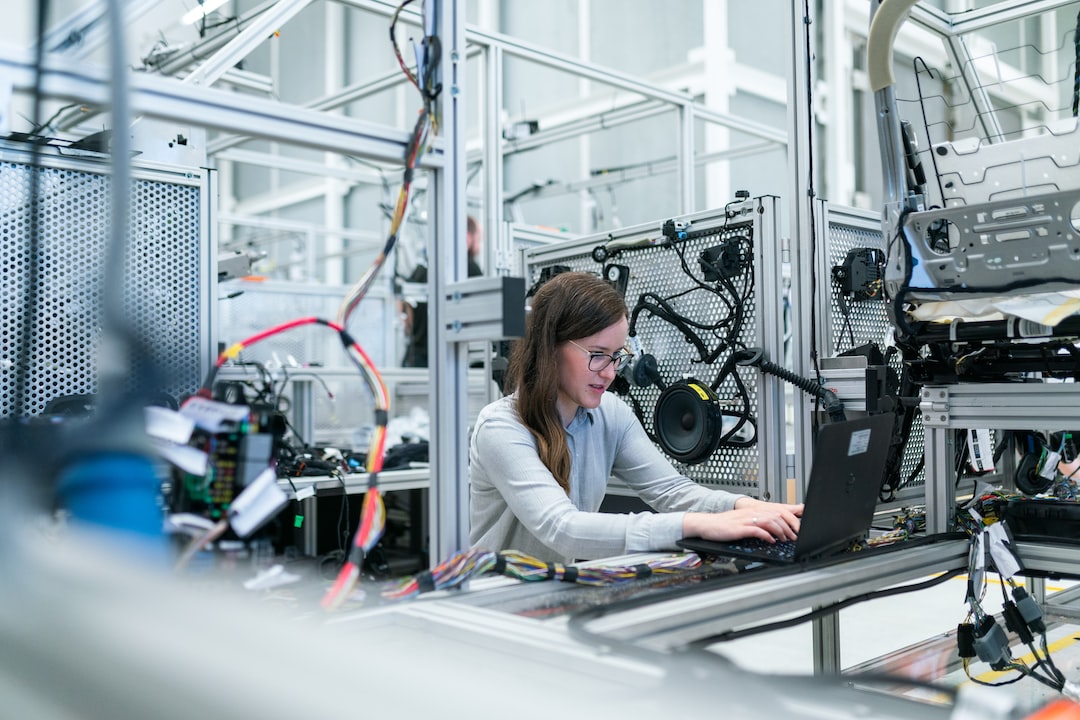Creating a Culture of Continuous Improvement in Manufacturing
In today’s rapidly evolving manufacturing industry, continuous improvement has become more important than ever before. To stay competitive, companies must constantly seek ways to improve their processes, increase efficiency, and reduce costs. This is where creating a culture of continuous improvement comes into play.
But what exactly is a culture of continuous improvement? It is a mindset that encourages employees at all levels to strive for excellence and seek opportunities for improvement in every aspect of their work. It goes beyond simply fixing problems—it is about actively seeking out ways to make things better on an ongoing basis.
So how can manufacturers create this culture of continuous improvement within their organization? Let’s explore some key strategies.
First and foremost, leadership plays a critical role in establishing this culture. Leaders need to set the tone by demonstrating their commitment to continuous improvement and leading by example. They should empower employees to take ownership of improvement initiatives and provide them with the necessary resources and support to drive change.
Communication is another crucial aspect of creating a culture of continuous improvement. Manufacturers should foster open and transparent communication channels, where employees feel comfortable sharing their ideas and concerns. Town halls, suggestion boxes, and regular team meetings can provide platforms for employees to voice their suggestions and collaborate on improvement projects.
Additionally, training and development programs should be implemented to equip employees with the skills and knowledge needed to identify and implement continuous improvement initiatives. By investing in their employees’ growth, manufacturers not only improve their organization’s capabilities but also foster a culture of personal and professional development.
Implementing a system of continuous improvement tools and methodologies is also crucial. There are various frameworks available, such as Lean manufacturing, Six Sigma, and Kaizen, which provide structured approaches to identifying and eliminating waste, reducing variability, and optimizing processes. By adopting these methodologies, manufacturers can establish a common language and framework for improvement initiatives.
Moreover, fostering a culture of experimentation and learning from mistakes is essential. Employees should feel encouraged to test new ideas and take calculated risks without the fear of negative consequences. Mistakes and failures should be viewed as valuable learning opportunities rather than something to be punished.
Recognition and reward systems can also play a significant role in encouraging a culture of continuous improvement. Manufacturers should acknowledge and celebrate the efforts and achievements of employees who contribute to improvement initiatives. By providing incentives and recognition, companies can motivate their workforce to actively participate in this ongoing journey of improvement.
Finally, it is important to measure and track progress. Manufacturers should establish key performance indicators (KPIs) that align with their improvement goals and regularly monitor and evaluate their performance. This not only helps identify areas for improvement but also provides a sense of accountability and drives a culture of continuous measurement and reflection.
Creating a culture of continuous improvement is not a one-time effort but an ongoing journey. It requires long-term commitment, perseverance, and adaptability. Manufacturers must embrace change and be willing to challenge the status quo to drive meaningful improvements.
By fostering a culture that encourages continuous improvement, manufacturers can unlock significant benefits—improved operational efficiency, enhanced product quality, increased customer satisfaction, and a competitive advantage in the marketplace.
In conclusion, creating a culture of continuous improvement in manufacturing is vital for companies to thrive in today’s dynamic business environment. By emphasizing leadership, communication, training, tools, experimentation, recognition, and measurement, manufacturers can instill a mindset of relentless improvement that will drive their organization’s success. So, let us embrace this journey of continuous improvement and unlock the full potential of manufacturing.

